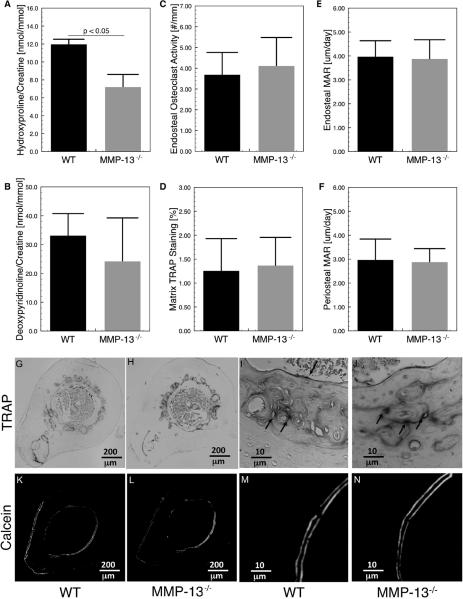Figure 3. Conventional measures of bone formation and resorption are normal in MMP-13-deficient mice.
Global deficiency of MMP-13 resulted in reduced overall tissue turnover, as shown by reduced urinary hydroxyproline (p < 0.05), (A); but urinary deoxypyridinoline (DPD), a crosslink specific to bone resorption, was not significantly affected (p = 0.09), (B). Two measures of osteoclast activity, endosteal osteoclast number (C) and tartrate resistant acid phosphatase (TRAP) positive matrix (D), reveal no differences in the expression and activation of osteoclasts between the two groups (G, H, I, J). Dynamic histomorphometric analyses (K, L, M, N) show that endosteal and periosteal matrix apposition rate (MAR), (E, F), two parameters of bone formation, are not affected by MMP-13-deficiency.

